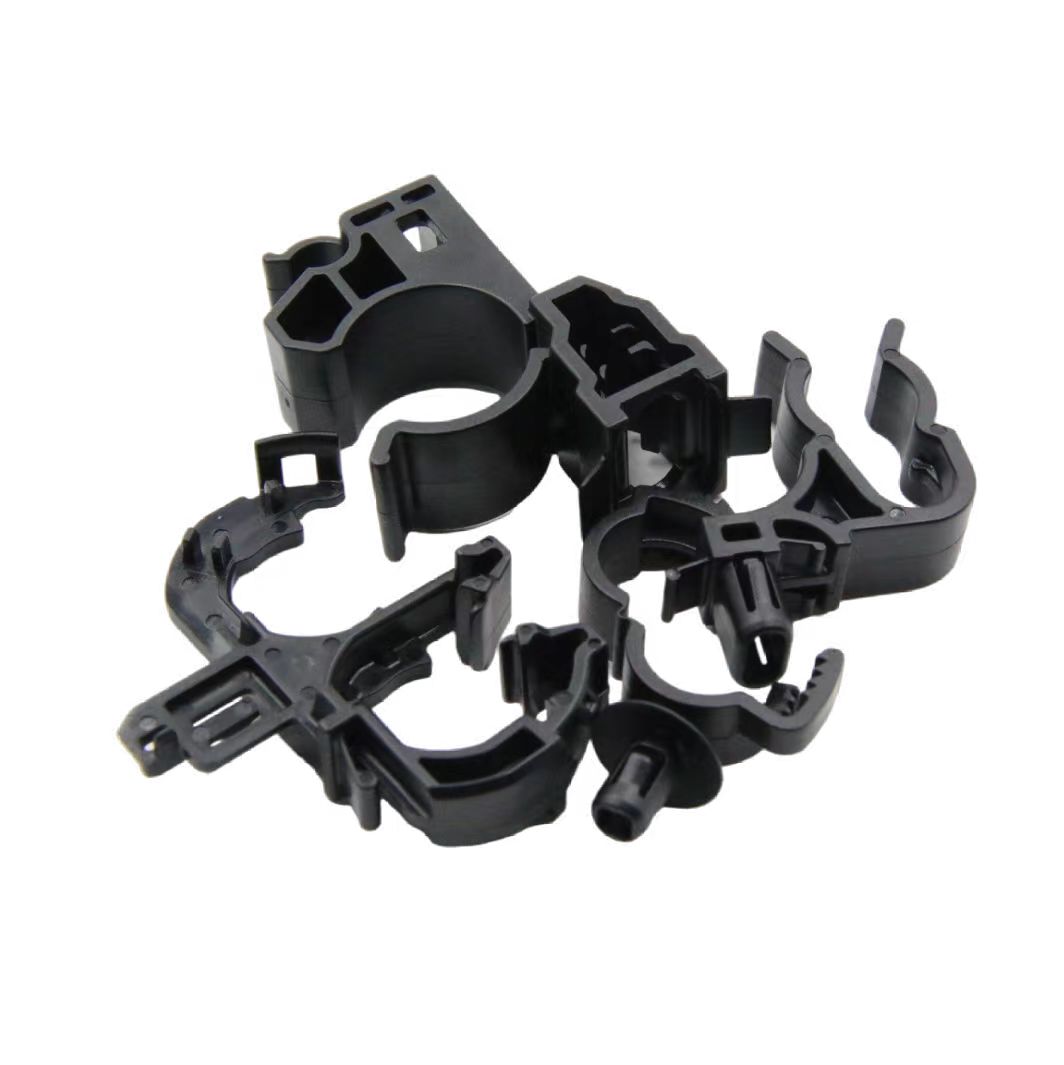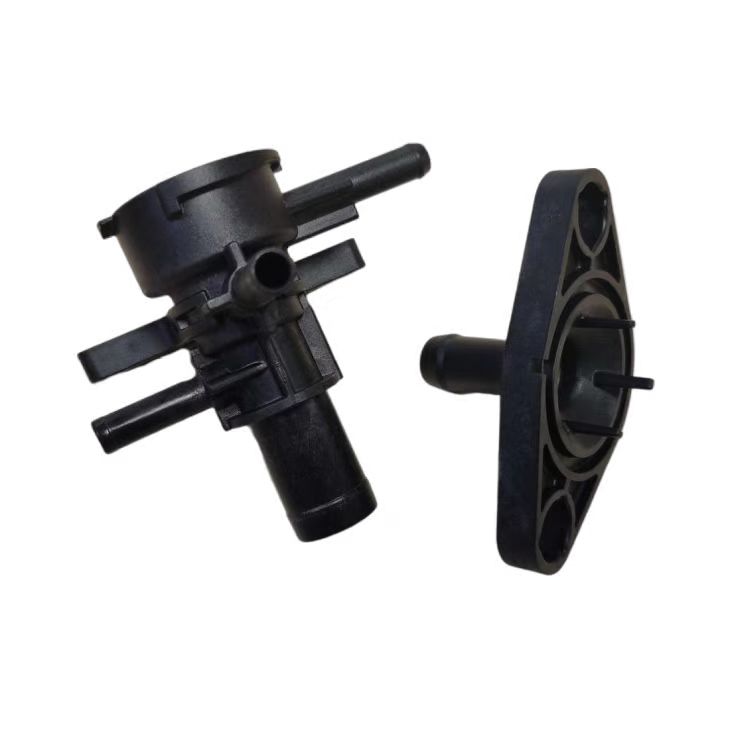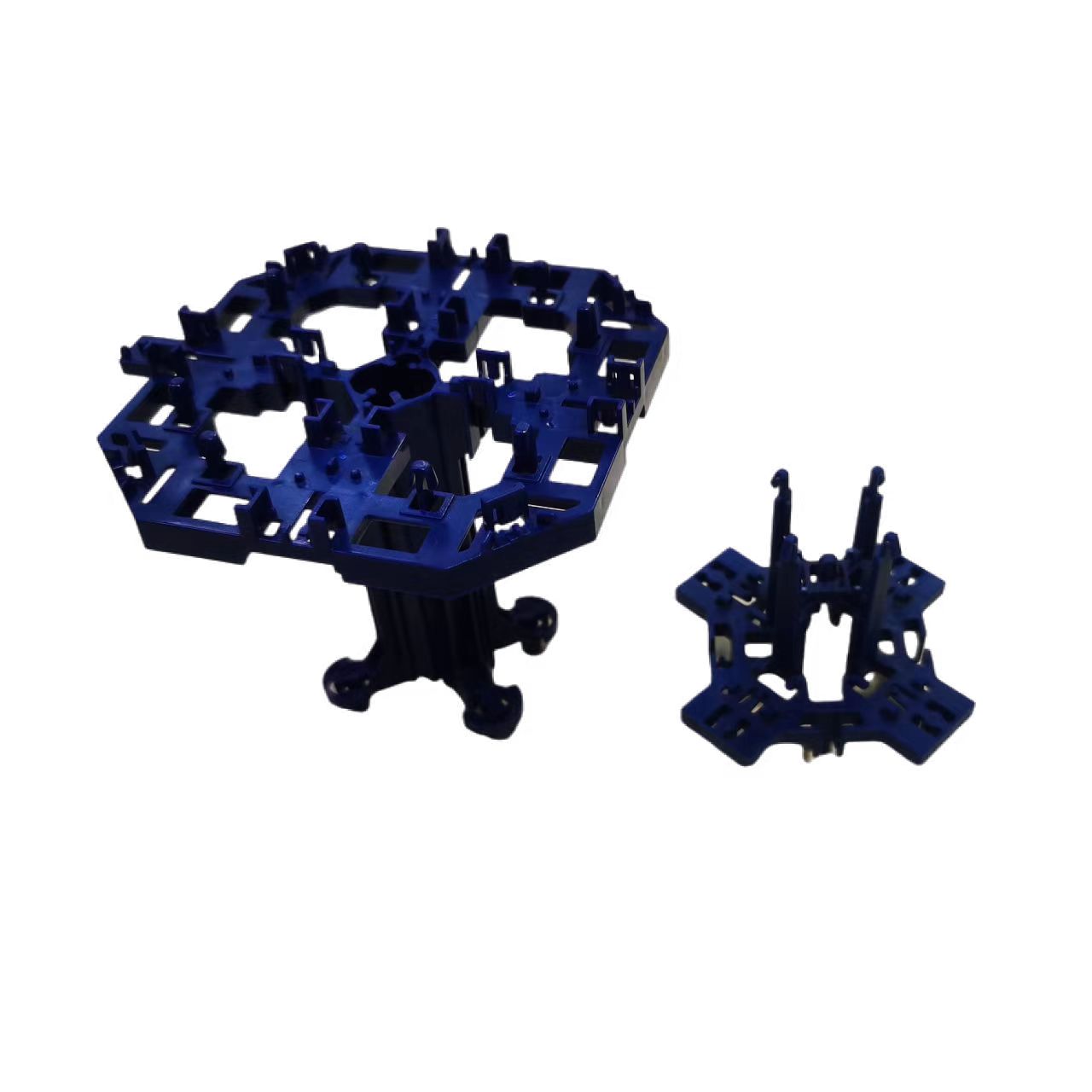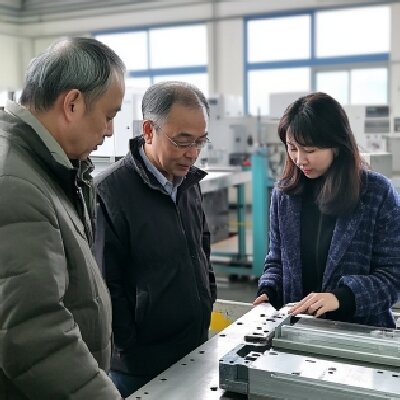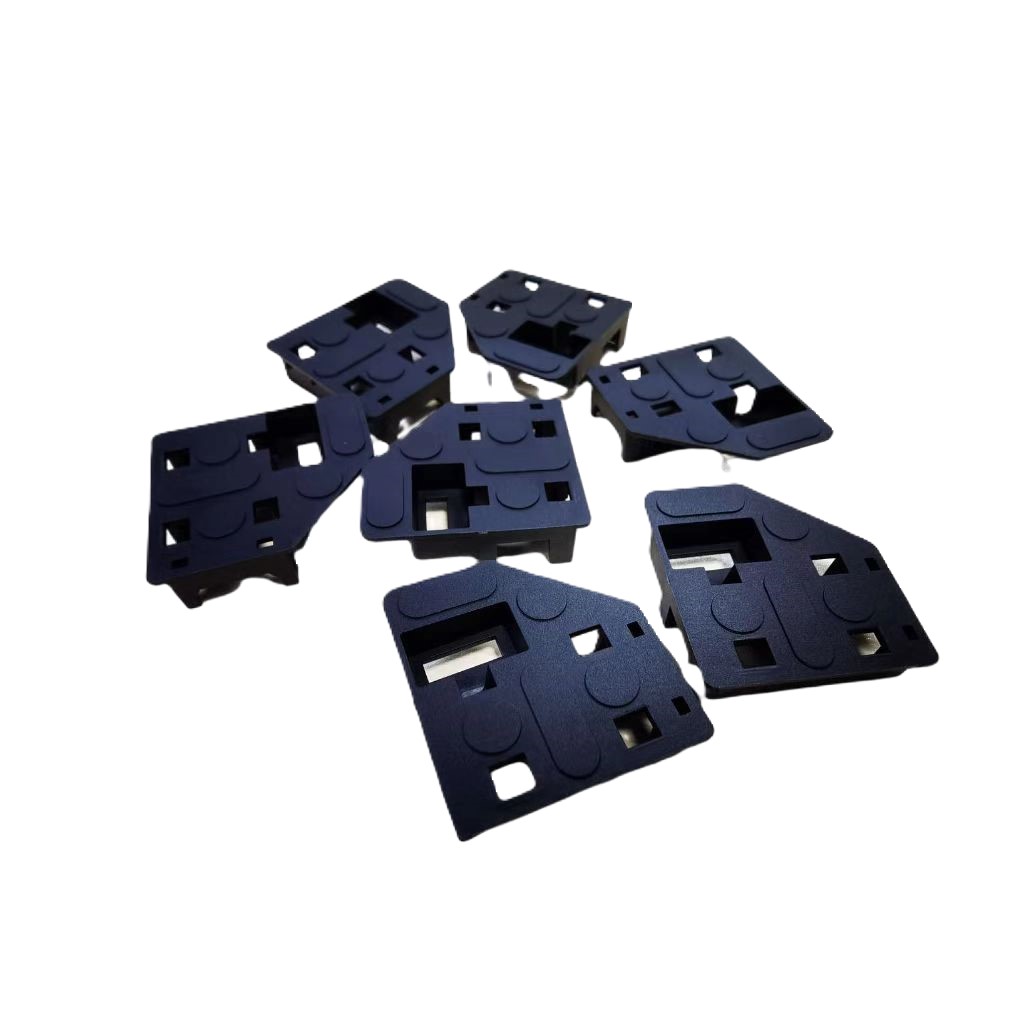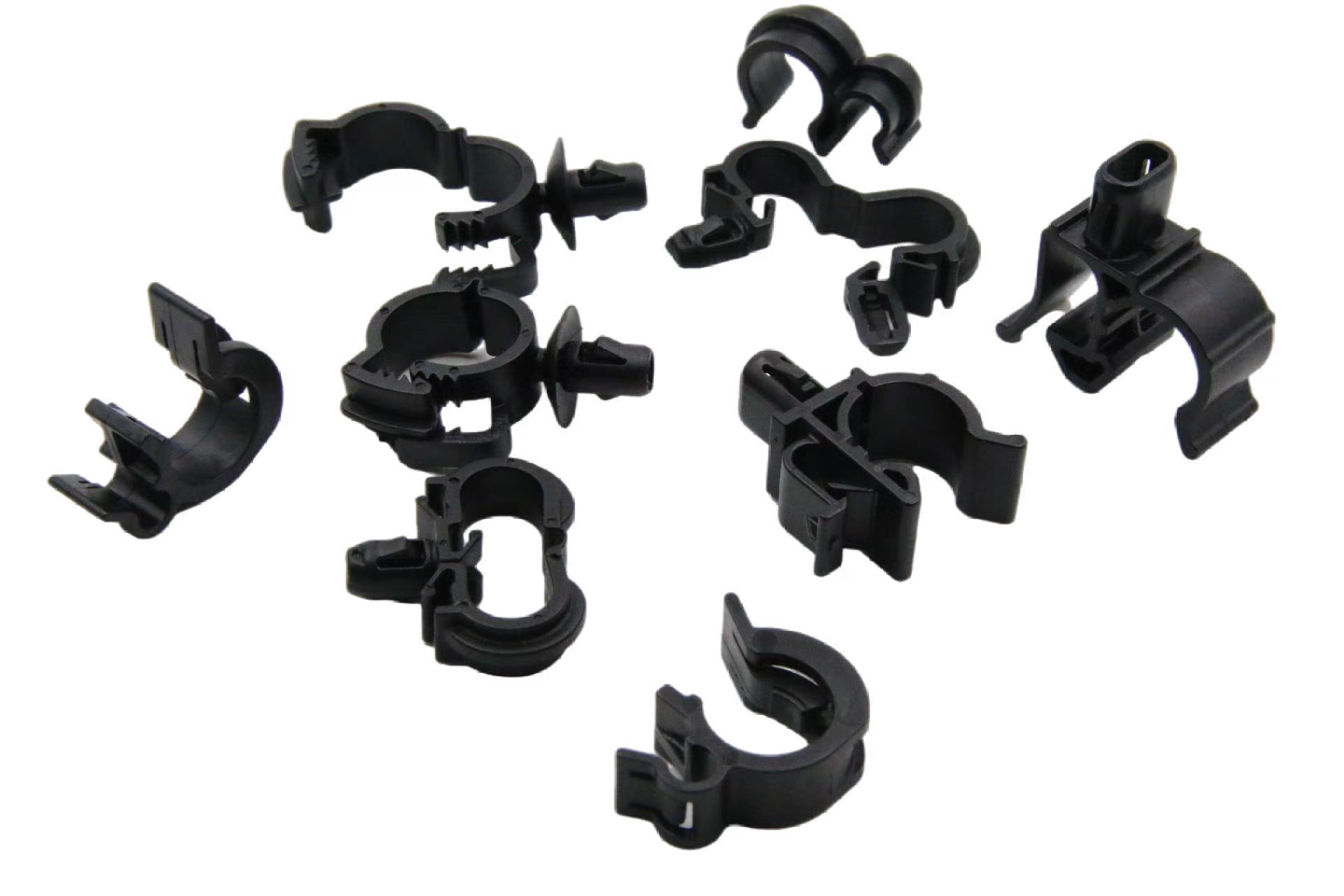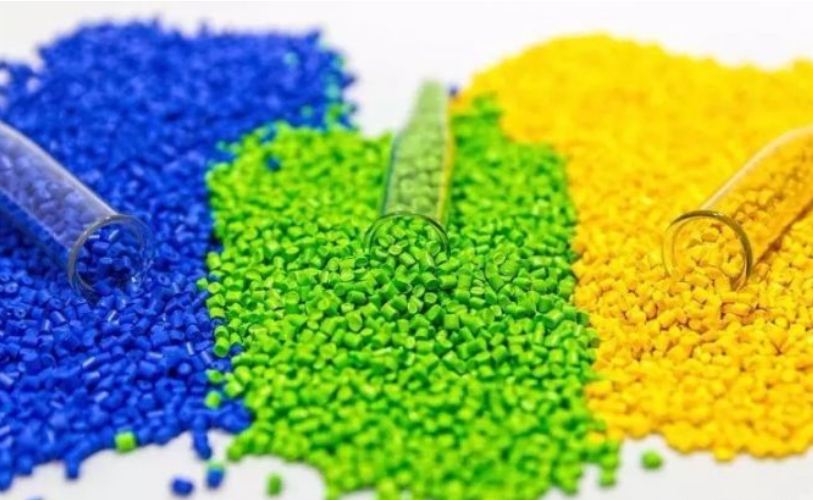Focusing on prototype injection molding for more than 20 years, HWTC- The specialist in the fabrication of injection molded prototypes.
Why Injection Molded Prototypes are needed?

-Our prototype injection molding and prototype mold fabrication
The accuracy of our injection molded prototypes is almost the same as mass production, Which can help our customers to shorten the development cycle and reduce the development cost and manufacturing costs.
We have specialized in high-precision prototypes for more than 20 years, have rich experience in Prototype Mold Fabrication and Prototype Injection Molding, Our team has the know-how to build a high-precision prototype injection mold cost-effectively in very short time, Our prototype injection molds is much cheap than production molds, It enables our customers to keep their competitive advantage in the market.
We make prototype injection molds in the same conditions as regular molds, such as using the same steels and use the same plastic materials to inject the prototype, So the accuracy of our molded prototypes are almost the same as the regular injected parts. thus it can help our clients to exactly evaluate and verify overall performance and production stability of the developed parts before mass production:
1, Verification of the product design
2, Verification of the mold design
3, Verification of the resin flowability
4, Verification of the Function and the strength of the plastic parts
5, Verification of the overall performance of the plastic parts

The advantage of our molded prototypes are:
-The Quality level similar to traditional mold
-Plastic material is the same as the one used in mass production
-Shorten the development cycle
-Save overall development cost
-Get your the new product lauched to the market quickly
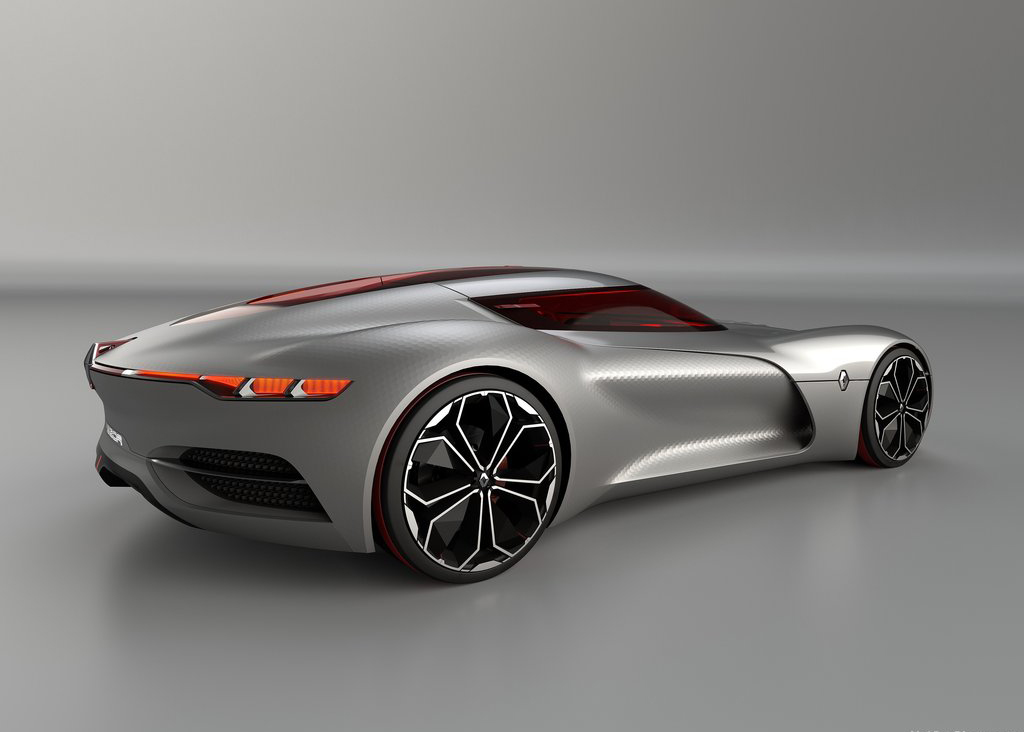
Industries
Our Molded prototypes are mainly used for testing and verification or pilot run production of the precision structure parts used in automotive, aerospace, communication, and medical industries.
Automotives, Aerospace, Communications and Medical industries
Some precision interior structural parts needs to work under the strict environmental conditions, and needs to be resistant to high temperature, cold, durability and high strength to ensure good quality and safety, Such as connectors, fasteners, the parts inside engine, gear box and automatic transmission, It is crucial to do exact validation for the life and function before proceeding to mass production. Our molded prototypes can meet the requirements of such strict inspection and testing very well.
Does your company also make regular injection mold?
Yes, We do.
Besides the prototype injection mold, We also make Regular Injection Molds. With high-precision processing machines and experienced staff, Proudly We have worked for world-famous automotive, communication equipment, and medical instrument manufacturers for more than 20 years!
We are experts in injection molding for high-precision interior structure parts used in automotive, communication equipment, and medical instruments.
What Can We Help You With ?

Our services are covering with CNC machining, 3D printing, vacuum casting, prototype injection molding, rotational molding,compression molding, Vacuum forming, lost wax casting, metal parts lather cutting, stamping, sheet metal, forging, die casting, and so on.

The accuracy of our molded prototypes is almost the same as the regular injected parts. Thus it can help our clients to do the test to check and verify the overall performance index and production stability before mass production.

Besides molded prototypes, We also provide our client with small-batch injection molding services:
-Prototype injection mold fabrication
-Short, medium, and long runs of molded plastic parts
-Small batch injection molding
-Low-volume production
